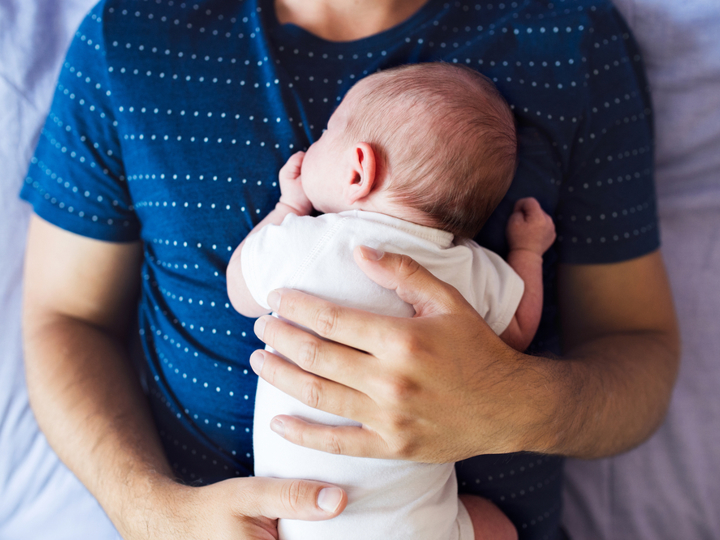Responsive bottle feeding
- 0-1 Years
- Feeding and eating

Responsive feeding can also be known as feeding on demand. Responsive bottle feeding includes both expressed breastmilk and formula feeding. It encourages following your babies feeding cues to ensure they are fed when they need it. When bottle feeding your baby, make sure you:
-
- offer the bottle in response to their feeding cues
- pace the feeds, this is also known as paced bottle feeding
- remove the bottle when your baby has had enough
- avoid forcing your baby to finish the feed
Explore the topics on this page:
What to keep in mind when bottle feeding
Limit the number of people feeding your baby - When bottle feeding your baby, try to limit the number of people feeding your baby to 2 people. Having lots of people feeding your baby can be confusing and stressful for them.
By restricting the feeding to 2 caregivers, it can help you and another person build a close relationship with your baby and help the baby feel safe and secure.
Keep having skin-to-skin contact with your baby – Skin-to-skin contact can help build a close bond with your baby. It can also help you and your baby to relax. Skin-to-skin contact is not just for the moments straight after birth. It’s also not limited to the birthing parent. The other caregiver (this can be your partner or close friend/family member) may also like to have skin-to-skin contact with your baby.
How to pace a bottle feed
- Hold your baby close in a semi-upright position. This will help you see your baby’s face, look into their eyes and talk to them during the feed.
- Try to change which side you feed your baby on. For example, if you previously fed your baby on your right arm, feed them on your left arm.
- Gently stroke the bottle teat on your baby’s top lip. When they open their mouth, gently guide the bottle teat in.
- Keep the bottle horizontal so the milk does not flow too fast.
- Watch your baby as you feed them. Your baby will pause while they feed. When they pause, stop the flow of milk by gently removing the bottle or lowering the bottle. This will help you pace the feed. It will also reduce the chances of you overfeeding your baby.
Signs that baby needs a break from feeding are:
-
- they may wriggle back from the bottle teat
- push their teat out with their tongue
- start to dribble the milk from the corners of their mouth
- splay their fingers and/or toes
Your baby will know when they’ve had enough milk. Your baby does not need to finish the bottle at every feed.
Last reviewed: 1 November, 2023
